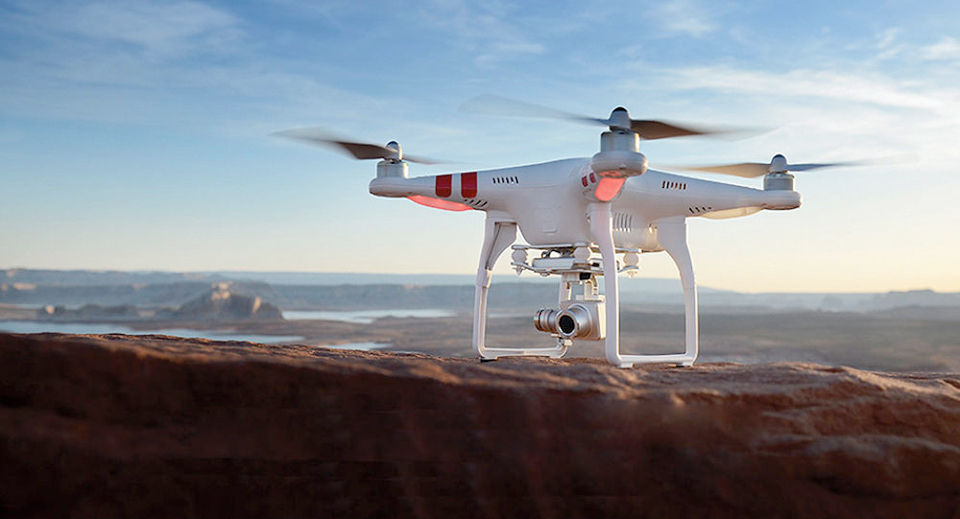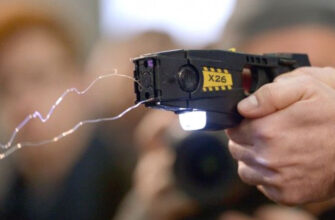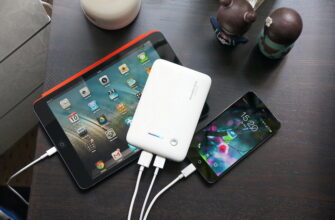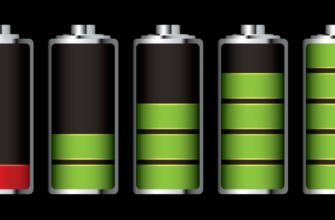When choosing a quadcopter, it is worth considering the planned operation of the device.
- content
- How to choose a quadrocopter: what to look for
- Types of unmanned aerial vehicles
- The main criteria for choosing a quadrocopter
- Camera availability
- Flight characteristics: range, speed and time
- type of drive
- additional characteristics
- Features of choosing a quadrocopter for a child
- Features of choosing a quadrocopter with a camera
- Choosing a quadcopter with a video camera
- Choosing a drone for beginners
- Features of choosing a racing quadcopter
- How to choose a battery for a quadcopter
- Weight and dimensions
- Number of cells and output voltage
- Capacity
- Current output
- Connector
- Design parameters
- Recommended manufacturers
- The best quadcopter manufacturers
content
- How to choose a quadrocopter: what to look for
- Types of unmanned aerial vehicles
- The main criteria for choosing a quadrocopter
- Features of choosing a quadrocopter for a child
- Features of choosing a quadrocopter with a camera
- Choosing a quadcopter with a video camera
- Choosing a drone for beginners
- Features of choosing a racing quadcopter
- How to choose a battery for a quadcopter
- The best quadcopter manufacturers
How to choose a quadrocopter: what to look for
The quadcopter market numbers hundreds of models that vary in size and purpose. According to the second parameter, they can be conditionally divided into two groups – 'entertaining' and 'for video filming'.
-
'Entertainment' quadcopters are usually relatively small, inexpensive, and not very functional. But at least they fly, and thanks for that. Sometimes these drones are equipped with a small built-in camera for more fun, but its photographic characteristics are far from perfect.
-
Quadrocopters 'for video shooting' are distinguished by their large size, high price and lack of an internal camera. It is either external or not included in the package. Devices that are not augmented by a camera can be equipped with a GoPro or similar device. In this case, it is important to assess the presence of fasteners.
There are two types of supply of quadcopters – RTF (ready to fly 'out of the box') and prefabricated. The first ones are as easy to use as possible, but they are expensive, and it is desirable to buy them in offline stores: when ordering from abroad, transport companies may not handle the cargo with sufficient care. Prefabricated drones are reminiscent of IKEA furniture: the box contains a bunch of parts from which to assemble a ready-to-use device. You will also have to configure them yourself, according to the instructions. But they are cheaper.
These are the two most important criteria when choosing a quadcopter. You need to determine the intended purpose of use and the willingness to spend a couple of evenings assembling and configuring the device. Other important parameters include:
-
Quadcopter type;
-
The presence of a camera;
-
Flight characteristics: range, speed and time;
-
Type of drive;
-
Additional features and characteristics.
-
The manufacturer is also important.
Types of unmanned aerial vehicles
Drones, or unmanned aerial vehicles (UAVs), differ in the number of propellers used.
-
Tricopters, as the name implies, are equipped with three screws. Such devices are cheaper than other drones, but they are poorly suited for outdoor flights. Tricopters are unstable in the air, therefore, due to the wind, they go astray or even fall. In addition, such a lift is small, so they do not have an external camera. But thanks to the highest maneuverability, tricopters calmly pass complex trajectories.
-
Quadrocopters are the most common type of UAV. These drones are equipped with four drives, providing high lift, air stability, optimal maneuverability and range. Quadrocopters are recommended for both beginners and professional users.
-
Hexacopters and octocopters are equipped with six and eight propellers, respectively. As a result, they have a high payload and 'top bar' of flight. Finally, such drones retain their ability to fly even if one propeller is damaged. However, hexacopters and octocopters are usually more expensive than quadcopters and tricopters.
The main criteria for choosing a quadrocopter
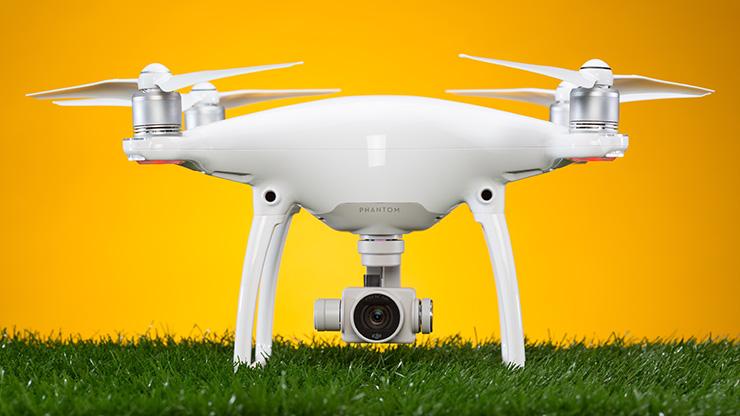
Camera availability
The presence of a camera directly determines the purpose of the quadcopter. So, if you just need a radio-controlled drone for entertainment, models that are not equipped with a photographic module will do. Drones without a camera are cheaper than others and are suitable, for example, for piloting training.
Drones with a built-in camera are suitable for undemanding users. In such devices, a sensor with a resolution of 5 to 13 megapixels is installed, which shoots with low details.
Drones with an external camera are the solution for professional operators. A GoPro or a professional DLSR is attached to them, receiving videos and photos in high resolution or with the required optical qualities. The only drawback of such drones is their high cost: quadcopters with an external camera are among the highest options.
Flight characteristics: range, speed and time
When choosing a quadcopter, it is worth evaluating the possible use cases. Then it will become clear which of the flight characteristics is of prevailing importance.
So, for fans of just entertainment, drones with a maximum time spent in the air (from 20 minutes) are suitable; for operators – with a maximum range (from 300 meters); and for riders – with the maximum speed (from 100 km / h).
type of drive
Drives of the collector or brushless type are installed in quadcopters. The former are distinguished by their low price, however, with prolonged use they overheat and therefore need to be periodically replaced. Brushless quadcopters are durable and have a short take-off time, but they are more expensive and can only be installed in large drones.
additional characteristics
Additional characteristics and capabilities of quadrocopters include:
-
Programmable flights. You can pre-draw the trajectory on the map or using a simple algorithm. This will especially appeal to fans of videography, as it automates the creation of the scene;
-
Follow me mode. A useful feature for sports enthusiasts (eg snowboarders). In this mode, the quadrocopter independently follows the person you want to shoot;
-
Wi-Fi module. A quadcopter equipped with it can be controlled from a smartphone or other mobile device;
-
GPS module. A useful function for creating programs or just tracking the movement of the quadcopter on the map;
-
Blade protection. A design solution that implies the installation of a special 'grid' on the quadcopter, which protects the device from shocks and falls. A useful solution for beginners.
-
These are not the only possible additional functions, but they are 'universally useful'.
Features of choosing a quadrocopter for a child
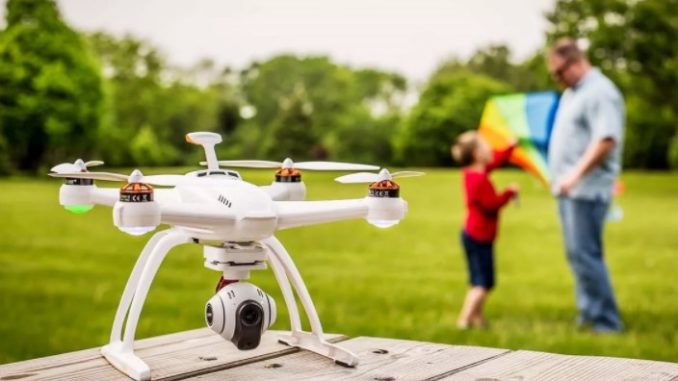
For piloting training, quadcopters with blade guards are best suited. They will 'survive' after hitting a wall or tree.
A good quadcopter option for a child is the mini version. Such devices are low cost and help to learn piloting skills. Depending on the interests of the child, you can purchase both the RTF version (ready to fly 'out of the box') or the prefab.
If a child plans to do video filming, you can pay attention to quadcopters with a built-in camera. And after he gets his hands on it, it's worth picking up a larger model to which you can connect a GoPro or DSLR.
Features of choosing a quadrocopter with a camera
The most important parameter of a quadrocopter with a built-in camera is the photographic characteristics of the sensor itself and the complete lens. First of all, you should pay attention to the type of lenses. Wide-angle lenses are better suited for landscape photography.
In addition, the physical resolution of the sensor is important. The higher it is, the more detailed the resulting image will be. At the same time, the extrapolated resolution (for example, from 13 MP on the sensor, 4K is easily obtained on the finished video by software) does not really matter.
However, high-definition video (Full HD, 2K, 4K) usually takes up a lot of space on the memory card and requires an external storage speed of 10 Mbps or more. Therefore, it is very important that the quadcopter supports MicroSDHC or MicroSDXC (up to 64GB or up to 2TB respectively).
Choosing a quadcopter with a video camera
Quadcopters with a built-in camera are not suitable for professional photography. A high-quality 'picture' can only be obtained on an additional device – for example, a connected GoPro or a 'DSLR'. Therefore, it is very important that the quadcopter is equipped with an appropriate mount.
In addition, the lift of the quadcopter is important. Even the smallest DSRL cameras and 'mirrorless' cameras weigh about 500 grams, but more professional equipment, complete with a lens, can weigh over a kilogram. When choosing a quadcopter for the camera in use, you should pay attention to the maximum weight that the device can lift.
Not only high-quality quadcopters (like DJI Phantom 3) are suitable for video shooting, but also hexacopters or octacopters. Such devices are more 'reliable' in the air, better withstand the action of the wind, and also have greater lift.
Choosing a drone for beginners
First of all, when choosing a quadrocopter for training, you should pay attention to the budget sector. It is there that devices are found at a price of up to 10,000 rubles – which, in principle, will not really “hit your pocket” if they break on the very first day of use.
The disadvantages of budget quadcopters are low battery life, short distance and flight altitude. And the advantage, of course, lies in the fact that they are able to teach piloting – that is, the basic skills of controlling a device moving in a three-dimensional, dynamically changing space. And after that, you can buy a flagship quadcopter.
Features of choosing a racing quadcopter
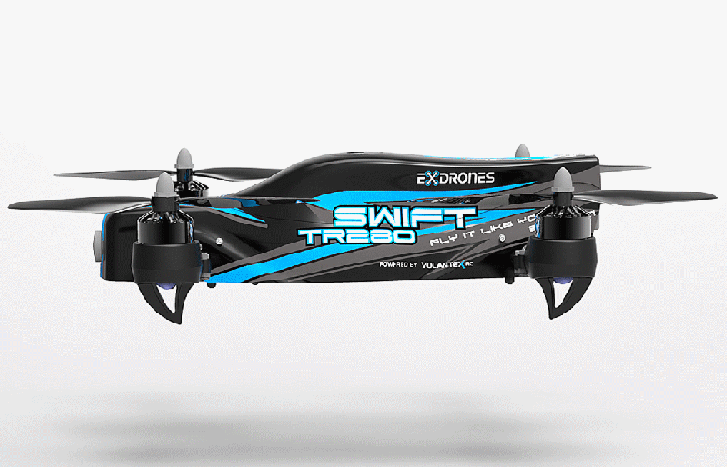
When choosing a racing quadcopter, you should pay attention to the 'format' of the device: micro or nano (up to 50 and up to 20 grams of assembled weight, respectively); as well as the maximum speed it develops. However, such drones usually have a short flight time – on the order of a few minutes.
When choosing a full-size drone, you should pay attention to its mass (the less the better) and, again, the flight speed. Usually it is indicated by the manufacturer directly in the device specifications.
How to choose a battery for a quadcopter
The main criteria when choosing a battery for a quadcopter are:
-
Weight and dimensions;
-
Number of cells and output voltage;
-
Capacity;
-
Current return;
-
Connector;
-
Calculated parameters.
Weight and dimensions
The main requirement for the battery is that it fit into the battery compartment of the quadcopter. Dimension information is usually listed in the specifications of both devices.
In addition, the weight of the battery must be such that the quadcopter, together with the battery and the connected camera, has a mass less than the maximum calculated takeoff weight. Otherwise, the balance of the device will be upset and the drone will simply fall.
Number of cells and output voltage
The design of a lithium polymer battery – the type most commonly used in quadcopters – consists of several separate battery cells connected in series. This provides an increase in voltage.
The output voltage depends on the number of cells. Each of them 'gives' 3.7 V. As a consequence, 3 connected cells provide a voltage of 11.1 V, four – 14.8 V, etc.
The design of quadcopter drives in the budget and mid-price segments implies a direct increase in power depending on the supplied output voltage. The higher it is, the faster the blades rotate. So, if the weight and volume of the battery compartment allows, for maximum lift it is worth taking a battery with a high output voltage.
At the same time, it is worth considering that most drones have a voltage limit that can be supplied to the drives. It cannot be exceeded.
The following marking indicates the number of cells in the battery:
-
1S – one cell, 3.7V;
-
2S – two cells, 7.4V;
-
3S – three cells, 11.1 V, etc.
Capacity
The battery capacity directly affects the battery life of the quadcopter in which it is installed. This indicator is measured in milliampere-hours. The higher the capacity, the longer the drone will stay in the air.
Current output
Quadrocopters are resource-intensive devices and therefore need 'hardy' batteries. The longevity parameter is also indicated directly on the battery case and is measured in the rate of current output.
The optimal discharge rate (current output) is within 20C-100C. C is a conditional parameter showing the time during which the battery can fully give up the accumulated electricity without damage to itself.
For example, a battery with a current output of 30C can be discharged in 1/30 hour (or 2 minutes) without reducing its capacity, and with a current output of 60C – in 1/60 hour (or 1 minute).
Connector
To connect the battery to the electric circuit of the quadcopter, special connectors are used. Despite the simplicity of the design, there are practically no adapters between them (and those that are, can lead to an overuse of energy on the resistance). Therefore, it is important to ensure that the battery connector is correct for the one used in the quadcopter.
Design parameters
The power of the current that it can withstand depends on the current output and capacity of the battery. And it is she who is the main characteristic, showing whether the battery will 'pull' the used drives.
For example, a quadcopter has four drives of 10 A each. It is planned to install a 1500 mAh and 10C battery. We calculate the current consumption: 4 × 10 A = 40 A. Calculate the current that is produced by the battery: 1.5 A × 10 C = 15 A. Since 15 is much less than 40, this battery will not work.
Recommended manufacturers
Among the best manufacturers of batteries for quadcopters are:
-
Kokam, Thunder Power. Relatively inexpensive, high quality, suitable for various UAVs;
-
Gens Ace. They are of high quality, are expensive;
-
Turnigy. Inexpensive, but relatively good;
-
Zippy. Inexpensive, of optimal quality, perfect for budget quadcopters.
The best quadcopter manufacturers
Among the best manufacturers of quadcopters are:
-
DJI. The largest, most famous manufacturer of quadcopters. It produces uniquely flagship devices with rich functionality and excellent flight characteristics. The only drawback is the price. For example, the flagship model Inspire 2 in Russian stores can be sold for more than 500 thousand rubles;
-
Syma. Manufacturer of budget, but very high quality quadcopters that are perfect for beginners;
-
Husban. Another manufacturer of quality, but inexpensive drones;
-
Parrot. Produces mid-range drones with non-standard designs and pleasant functionality;
-
Walkera. A manufacturer of quality quadcopters for aerial photography enthusiasts who are not ready to spend a huge amount of money on a DJI model.
-
Of course, the company Xiaomi with its mid-range quadcopters is also worthy of mention, but its range is very limited.
In the following articles, our experts will tell you how to choose a voice recorder, the secrets of choosing an MP3 player and the main factors in choosing an inexpensive phone.
Attention! This material is the subjective opinion of the authors of the project and is not a purchase guide.


